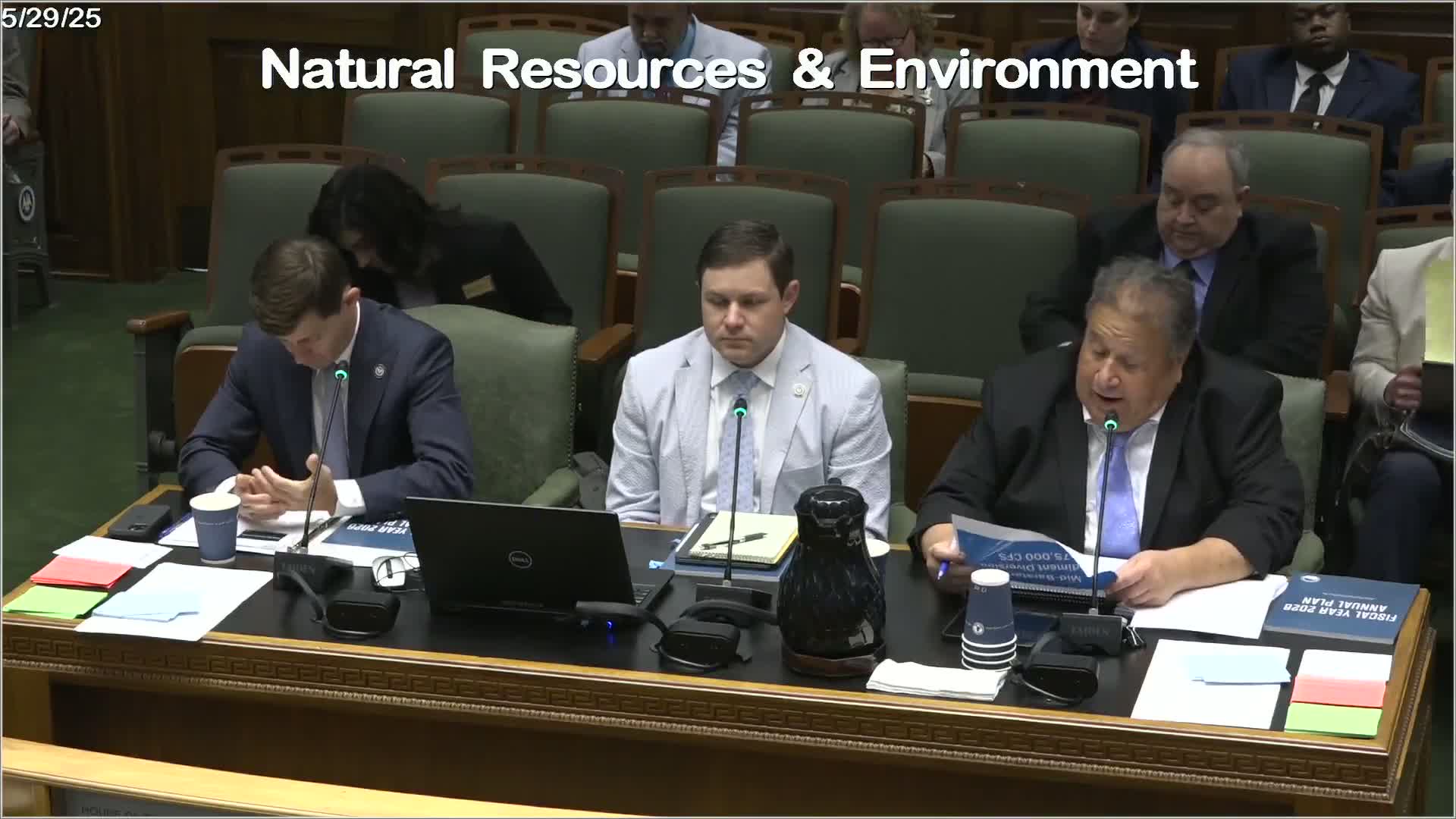CPRA unveils comprehensive FY 2026 coastal restoration plan with major projects
May 29, 2025 | 2025 Legislature LA, Louisiana
Thanks to Scribe from Workplace AI , all articles about Louisiana are free for you to enjoy throughout 2025!

This article was created by AI using a video recording of the meeting. It summarizes the key points discussed, but for full details and context, please refer to the video of the full meeting. Link to Full Meeting
Chairman Gordon Dove introduced the session, emphasizing the comprehensive nature of the plan, which encompasses a range of initiatives from barrier islands and marsh recreation to levees and water control structures. The meeting featured presentations from CPRA leadership, including Executive Director Glenn Laday and Deputy Director Clay Parker, who detailed the progress made in the past year and the strategic direction for upcoming projects.
Among the standout initiatives discussed were the river reintroduction to Morpaw Swamp and the agency lot complex project, both of which received substantial restore grant awards, marking them as pivotal components of Louisiana's coastal restoration strategy. These projects are part of a broader effort to enhance flood risk reduction and environmental resilience, particularly in vulnerable areas like the West Shore and Morganza to the Gulf.
The meeting also highlighted the successful passage of a Louisiana constitutional amendment that allocates all offshore energy revenue to coastal protection and restoration. This funding mechanism is expected to significantly support ongoing and future projects. Additionally, the recent passage of the Water Resources Development Act (WERDA) 2024 authorized the largest flood risk reduction project in the nation, located in St. Tammany Parish, which includes both structural levee protection and non-structural home elevation measures.
The CPRA's annual planning process is extensive, involving consultations with local parishes and stakeholders to assess needs and priorities. This year's plan was unanimously approved by the CPRA board and received positive feedback during public meetings held earlier in the year.
As Louisiana continues to face the challenges of coastal erosion and climate change, the initiatives outlined in the fiscal year 2026 plan represent a proactive approach to safeguarding the state's natural resources and communities. The CPRA's commitment to transparency and collaboration with local entities underscores the importance of collective action in addressing these pressing environmental issues.
Converted from House Natural Resources May 29, 2025 meeting on May 29, 2025
Link to Full Meeting
Comments
View full meeting
This article is based on a recent meeting—watch the full video and explore the complete transcript for deeper insights into the discussion.
View full meeting
